With the cross-country phase firmly back in the spotlight and determining results at the biggest events, Catherine Austen charts the evolution of the rider’s jumping position across country

RIDER position across country is receiving greater attention than it has done for many years. As well as the obvious advances in technology that make detailed analysis easier, perhaps some of this is due to the resurgence of cross-country as the most significant phase. For some time after “long format” eventing, with its steeplechase and roads and tracks, was consigned to the history books, training was largely concentrated on the dressage and show jumping, and cross-country training was perhaps neglected.
But as the cross-country — certainly at the major British events, and at others such as the Rio Olympics — has reclaimed its status as the most influential part of an event, and as safety comes ever more to the forefront, how a rider tackles it has come under more examination and discussion.
Since Italian cavalry officer Federico Caprilli revolutionised riding over fences by developing the forward seat at the end of the 19th century, shortening riders’ stirrups and encouraging their bodies and hands to follow the movement of the horse, further changes have been subtle and gradual.
Ireland-based coach William Micklem says: “Caprilli was the first to create a balanced position and it remains the fundamental basis of what we do today.”
He traces Caprilli’s influence through the American army officer Harry Chamberlin, who trained under Caprilli’s direct students at the Italian cavalry school at Tor de Quinto and was the first coach of American eventers, through his pupil Jack Le Goff to the dominant US team of Bruce Davidson, Mike Plumb and Jim Wofford.
“And how they rode wasn’t that different to Frank Weldon and Bertie Hill in Britain, with their background in racing,” he says.
Bu hikaye Horse & Hound dergisinin June 22 2017 sayısından alınmıştır.
Start your 7-day Magzter GOLD free trial to access thousands of curated premium stories, and 9,000+ magazines and newspapers.
Already a subscriber ? Giriş Yap
Bu hikaye Horse & Hound dergisinin June 22 2017 sayısından alınmıştır.
Start your 7-day Magzter GOLD free trial to access thousands of curated premium stories, and 9,000+ magazines and newspapers.
Already a subscriber? Giriş Yap

Gemirande provides 24-carat magic
Venetia Williams sparkles again in the December Gold Cup and jockey brothers dead-heat
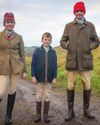
‘Happy hunting, everyone'
“The season for talks, dinners and parties has finally arrived for Tessa Waugh, whose distress about the snags of middle age fades away with some rousing festive spirits
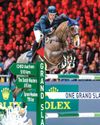
'Monaco deserved this victory
Seemingly destined always to play the bridesmaid’s role, Harrie Smolders’ great partner Monaco finally tops an incidentpacked Rolex grand prix
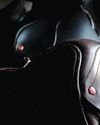
'It had to end sometime'
The closure of beloved Hampshire saddlery Calcutt Sons is a loss to the hunting and wider equestrian worlds, as Octavia Pollock reports

'You couldn't want for more
The Ludlow's peaceful country makes for a day in \"hunting paradise\"
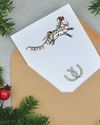
The greatest gift of all
Christmas is fast approaching and while we all like a bit of tinsel, the festive season is also a perfect time for giving to a horse charity. Niki Hinman finds out some of the options
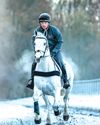
Winter him well
A horse's winter routine can differ dramatically from his summer structure but what’s the knock-on effect? Ellie Hughes asks vets how to optimise routine management for the season
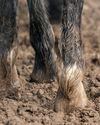
Neat feet
Excellent hoof care is a year-round concern but the winter months present their own problems. Richard Stephenson MRCVS explains the seasonal challenges afoot and how to stay one step ahead
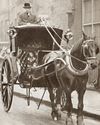
In bygone days
Modern vets have much scientific knowledge behind them, but what about their forebears? Kieran O’Brien MRCVS opens up the world of Victorian vets in London
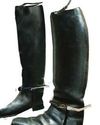
'When I joined the Pony Club it was just two boys and 48 girls'
Pepsi Kohler on being delightfully outnumbered by girls in the Pony Club, a leg-up from a royal and the H&H advert that changed his life